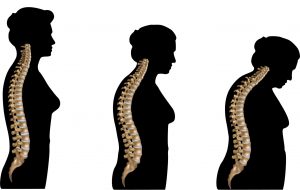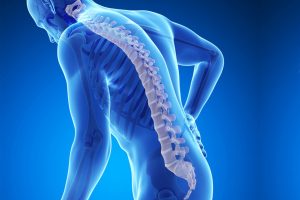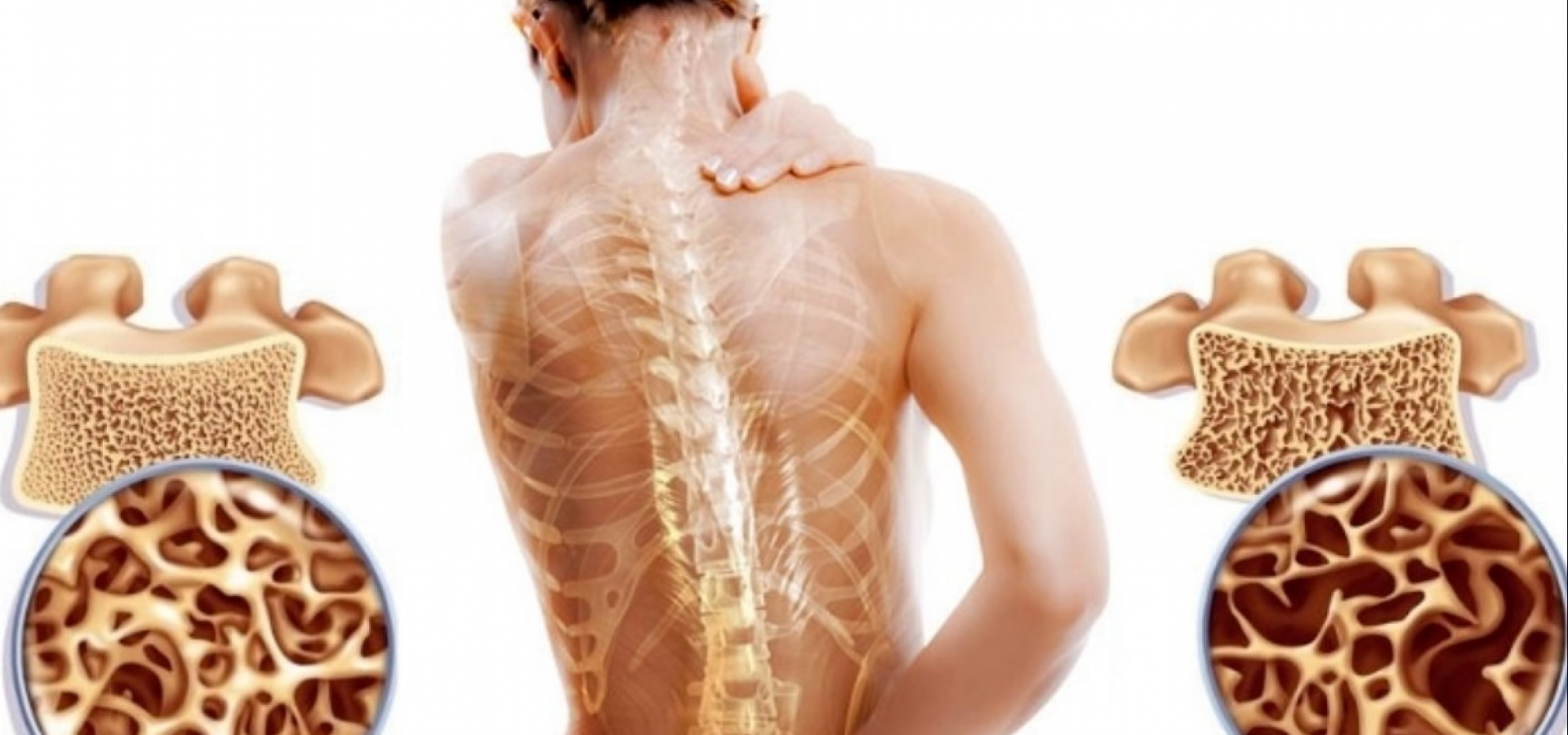This study is necessary for the early diagnosis of osteoporosis – bone loss, which often occurs in women during menopause, is accompanied by bone pain during exercise and an increased risk of fractures.
Diagnosis of osteoporosis is a set of specific blood tests that allow you to assess phosphorus-calcium metabolism and detect osteoporosis in time.
Objectives of Osteoporosis Diagnosis
Why diagnose osteoporosis?

This study is necessary for the early diagnosis of osteoporosis – bone loss, which often occurs in women during menopause, is accompanied by bone pain during exercise and an increased risk of fractures.
Indications for the diagnosis of osteoporosis
What are the indications for diagnosing osteoporosis?
Anyone over 40, especially women, is recommended to diagnose osteoporosis at least once a year.
Osteoporosis rates
What do the osteoporosis diagnostic indicators mean?
1) Total calcium – one of the main mineral components of the bone, the most important trace element involved in the construction of the skeleton, heart function, neuromuscular activity, blood coagulation and many other processes. Different forms and stages of osteoporosis are manifested by different shifts in calcium concentration.
Normal values for calcium: 2.2-2.65 mmol / l.
2) Inorganic phosphorus – a component of the bone mineral substance, which is contained in the body in the form of salts (calcium phosphates, magnesium, etc.) and participates in the formation of bone tissue and cellular energy metabolism. 85% of all phosphorus is found in bones. Changes in blood phosphorus content are observed in various forms of bone tissue pathology, including osteoporosis.
Normal indicators of phosphorus: 0.85-1.45 μmol / l.
3) Parathyroid hormone is synthesized by the parathyroid glands and regulates calcium and phosphorus metabolism in the body. Determination of the concentration of parathyroid hormone provides important information for the diagnosis of various forms of osteoporosis.
Normal parameters of parathyroid hormone: 9.5-75.0 pg / ml (0.7-5.6 pmol / l).
4) Deoxypyridonoline (DPID) is a marker of bone tissue destruction (resorption), which is determined in urine. Its excretion in the urine increases with postmenopausal osteoporosis, osteomalacia, thyrotoxicosis, primary hyperparathyroidism, etc.
Normal indicators of DPID:
men – 2.3-5.4 nmol DPID / mol creatinine;
women – 3.0-7.4 nmol DPID / mol creatinine.
5) Osteocalcin is the main non-collagen bone protein that is involved in the process of bone mineralization and the synthesis of new bone tissue. It is an indicator of the level of bone metabolism in general and a possible prognostic indicator of the progression of bone disease. Increased values of osteocalcin are observed in primary hyperparathyroidism, in patients with hyperthyroidism and acromegaly. In postmenopausal osteoporosis, it is within the normal range or increased. With osteomalacia and renal osteodystrophy, the content of osteocalcin decreases. This study is necessary for the diagnosis of osteoporosis and control of treatment, with an increase in the content of calcium in the blood.
Normal values for osteocalcin:
men 12.0 – 52.1 ng / ml;
premenopausal https://en.wikipedia.org/wiki/Menopause#Premenopause women 6.5 – 42.3 ng / ml;
postmenopausal women 5.4 – 59.1 ng / ml.
Preparing for the diagnosis of osteoporosis
How to Prepare for an Osteoporosis Diagnosis?
The day before blood sampling, it is necessary to exclude physical activity and alcohol intake. It is advisable to take blood on an empty stomach in the morning. At least 12 hours should elapse between the last meal and blood collection. Some foods (milk, seaweed, coffee, beans, nuts), dietary supplements can cause an increase in the concentration of calcium and phosphorus in the blood. The patient should be completely at rest for 30 minutes before taking blood.
